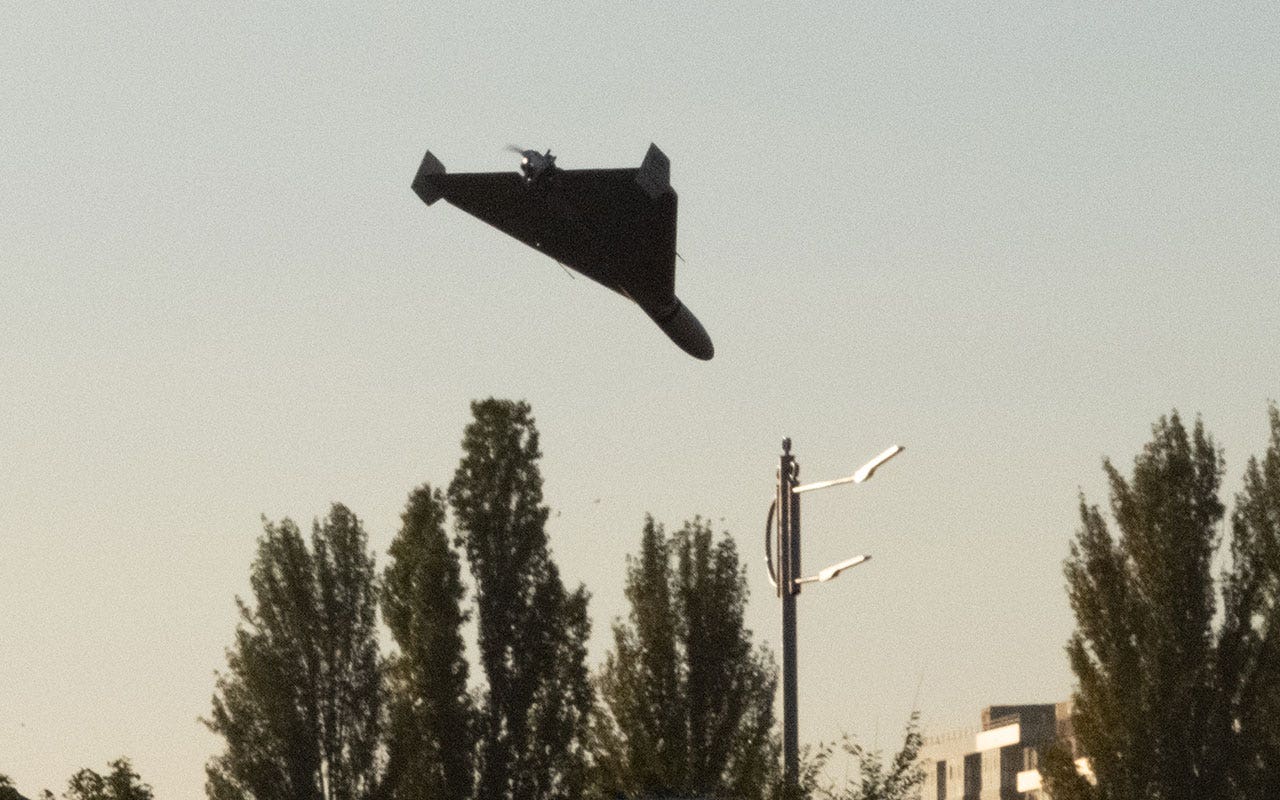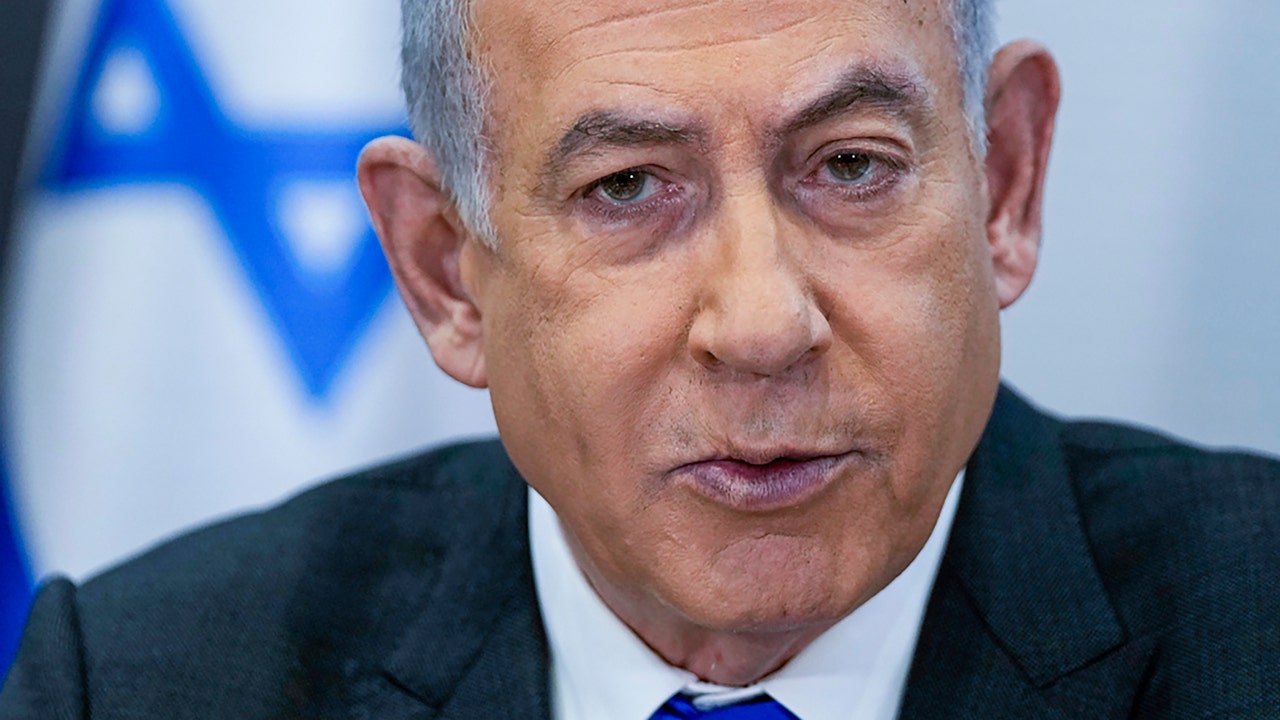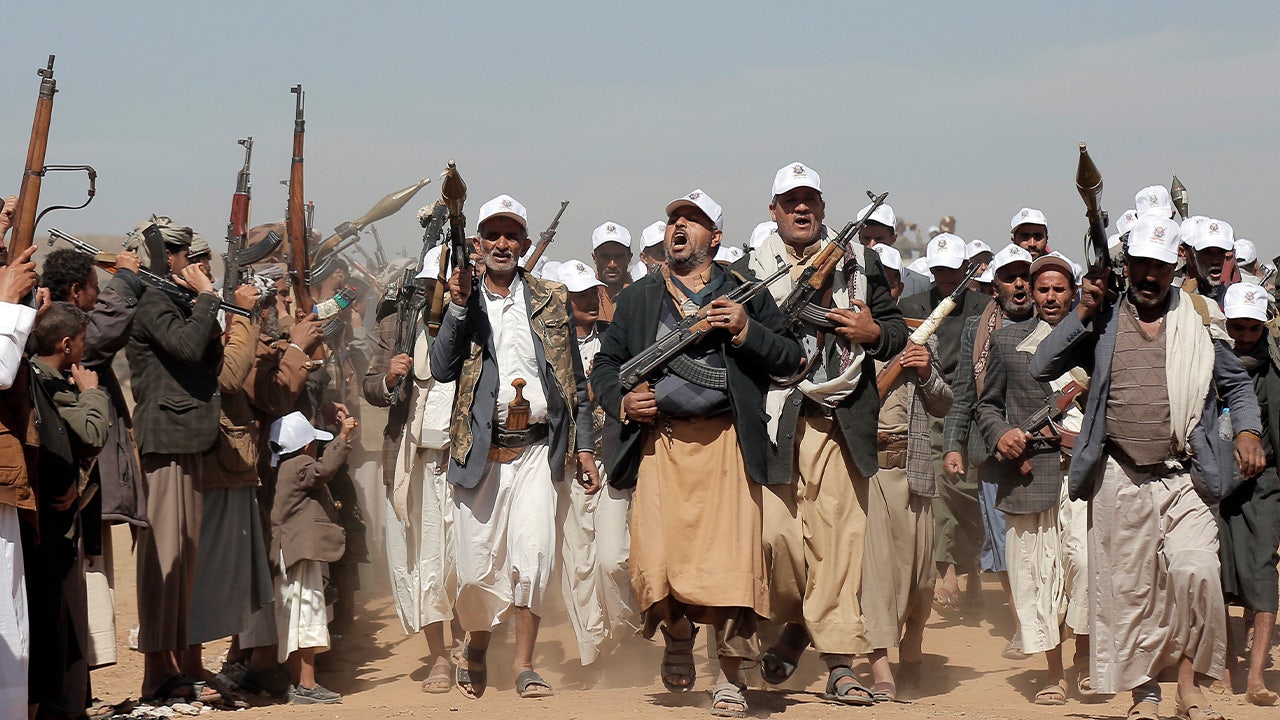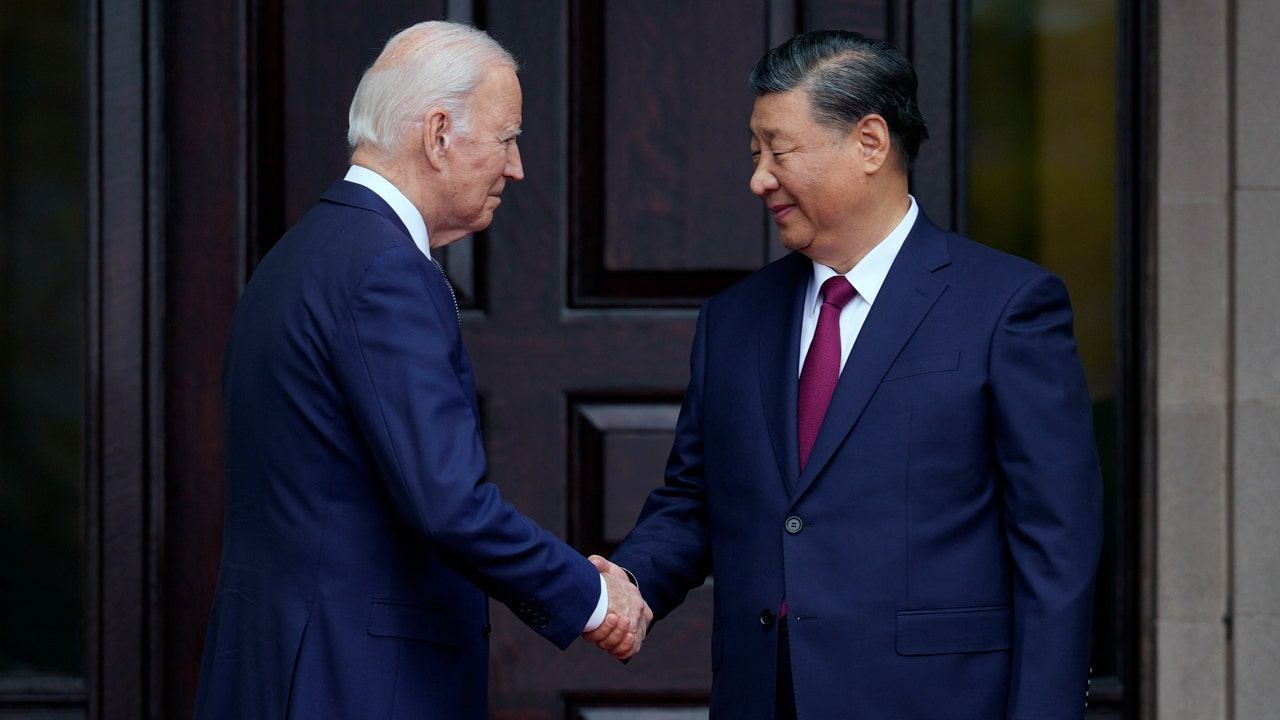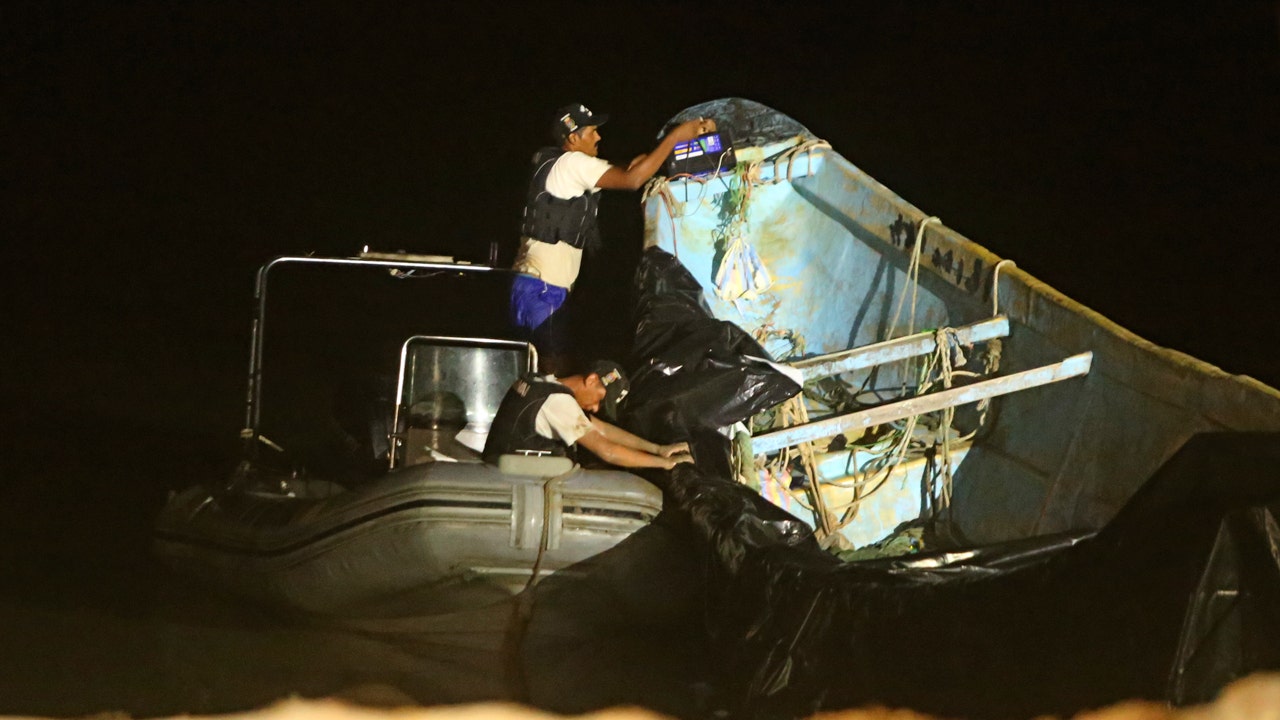Israel and Gaza. Yemen and the Red Sea. Lebanon, Iraq, Pakistan and Syria.
At flashpoints in conflicts spanning 1,800 miles and involving a hodgepodge of unpredictable armed actors and interests, there has been a common thread: Iran. Tehran has left its imprint with its behind-the-scenes backing of combatants around the region.
On Friday, the Syrian Observatory for Human Rights, a Britain-based group that tracks the war in Syria, said that an Israeli strike killed at least 36 soldiers and hit multiple targets, including a weapons depot belonging to Hezbollah, the Iran-backed Lebanese militia that also has a presence in Syria. Israel did not comment on the claim.
Here’s a look at Iran’s proxies.
What’s the backstory?
Ever since the 1979 revolution that made Iran a Shiite Muslim theocracy, it has been isolated and has seen itself as besieged.
Iran considers the United States and Israel its biggest enemies — for more than four decades, its leaders have vowed to destroy Israel. It also wants to establish itself as the most powerful nation in the Persian Gulf region, where its chief rival is Saudi Arabia, an American ally.
With few allies of its own, Iran has long armed, trained, financed, advised and even directed several movements that share its enemies. Iran calls itself and these militias the “Axis of Resistance” to American and Israeli power.
Why does Iran outsource its conflicts?
Although Iranian forces have been involved directly in wars in Syria and Iraq, Tehran has mostly fought its enemies abroad by proxy.
Investing in proxy forces — fellow Shiites in Lebanon, Iraq and Yemen, and the Sunni Hamas in the Gaza Strip — allows Iran to cause trouble for its enemies, and to raise the prospect of causing more if attacked. This helps Iran project its power and influence without courting major retaliation or all-out war.
“If they are to avoid fighting the Americans and Israelis on Iran’s soil, they’ll have to do it elsewhere,” said Hasan Alhasan, a senior fellow for Middle East Policy at the International Institute for Strategic Studies, a policy analysis group. “And that’s in Iraq, Syria, Yemen, Palestine, Afghanistan.”
Yet how well the strategy works is open to question. Terrorist groups have attacked on Iranian soil, and for years Israel has carried out targeted attacks on Iran’s nuclear program.
Iranian officials have publicly denied being involved in or ordering Hamas’s Oct. 7 attack on Israel that killed about 1,200 people. But they also praised the assault as a momentous achievement, and warned that their regional network would open multiple fronts against Israel if the country kept up its retaliatory war against Hamas in Gaza.
Some of those proxies have stepped up attacks on Israel, but have avoided full-fledged warfare.
Who are these proxies for Iran?
Hezbollah in Lebanon, widely considered to be the most powerful and sophisticated of the Iran-allied forces, was founded in the 1980s with Iranian assistance, specifically to fight the Israeli occupation of southern Lebanon. The group, which is also a political party in Lebanon, has fought multiple wars and border skirmishes with Israel.
Hezbollah has been trading fire across the border with Israel’s military almost daily since the Oct. 7 Hamas-led attacks, but it has refrained from fully joining the fight.
The Houthi movement in Yemen launched an insurgency against the government two decades ago. What was once a ragtag rebel force gained power thanks at least in part to covert military aid from Iran, according to American and Middle Eastern officials and analysts.
Since the war in Gaza began, the Houthis have waged what they call a campaign in solidarity with Palestinians under Israeli bombardment. They have launched missiles and drones at Israel, and have disrupted a significant part of the world’s shipping by attacking dozens of vessels heading to or from the Suez Canal.
Hamas, in the Palestinian territories, has also received weapons and training from Iran, and has fought repeated wars with Israel. This week, the political leader of Hamas, Ismail Haniyeh, was in Tehran for meetings with top Iranian leaders, including Ayatollah Ali Khamenei and Iran’s chief of staff of the armed forces, Maj. Gen. Mohammad Baqeri.

